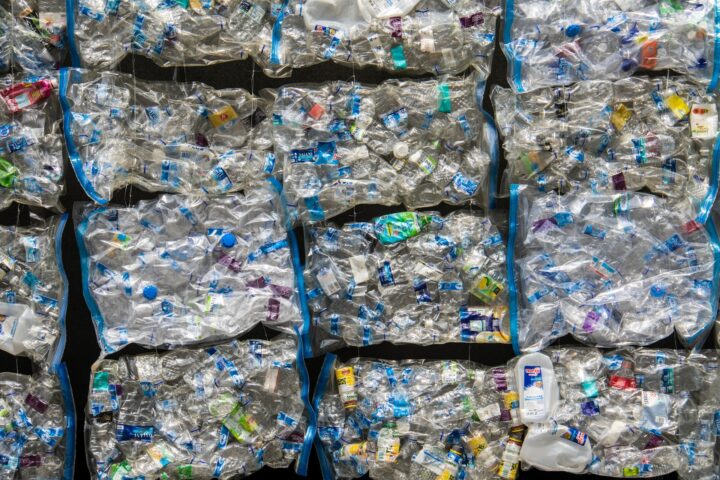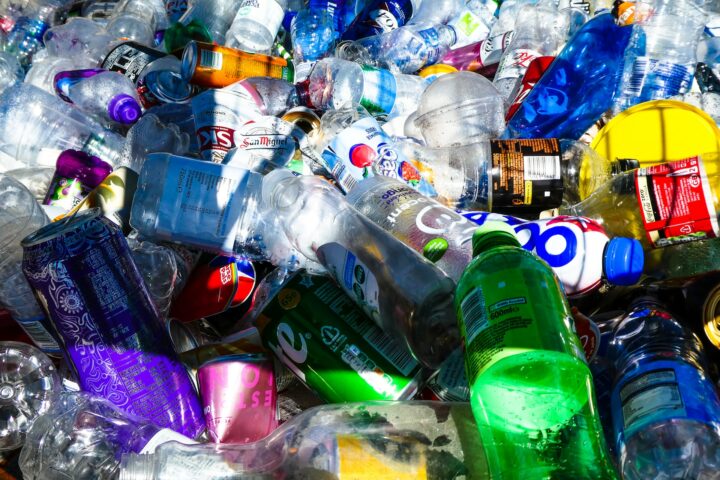Gardening and landscaping projects can be incredibly rewarding, but they also generate a significant amount of waste. Knowing how to efficiently dispose of this waste is crucial, and one of the best solutions is hiring a skip. This guide will help you choose the right skip size for your garden waste needs, ensuring a smooth and environmentally responsible cleanup process.
Understanding Skip Sizes
Skips come in various sizes, typically measured in cubic yards (yd³). Here’s a quick overview:
- Mini Skips (2-3 yd³)
Ideal for small garden clean-ups, such as soil, leaves, and small branches. - Midi Skips (4-5 yd³)
Best suited for medium-sized garden projects. They can accommodate prunings, larger branches, and garden debris. - Builders’ Skips (6-8 yd³)
These are a good choice for extensive landscaping projects, including large amounts of soil and garden waste. - Maxi Skips (10-16 yd³)
Perfect for major garden renovations or large-scale landscaping projects. They can handle everything from trees to large quantities of soil and rubble.
How to Estimate the Skip Size You Need
Estimating the right skip size for garden waste can be tricky, but here are some tips:
- Assess Your Garden Waste
Start by evaluating the amount and type of waste your garden project will produce. Consider the volume of leaves, branches, soil, and any other debris. - Visualize the Space
A cubic yard is roughly the size of two standard washing machines. Use this as a reference to visualize how much space your garden waste might occupy. - Err on the Larger Side
It’s usually better to hire a skip slightly larger than you think you need. Overloading a skip is against regulations, and having extra space can be a relief. - Consult with Professionals
If unsure, it’s always wise to seek advice from the skip hire company. They can offer valuable insights based on your project description.
Real-Life Skip Size Selections for Garden Waste
- Small Garden Clearance
Sarah from Bristol had a small backyard garden that needed clearing. She opted for a 3 yd³ mini skip, which was perfect for her needs. It comfortably accommodated the soil, small branches, and leaves she needed to dispose of. - Medium-Sized Garden Renovation
The Taylor family in Greater Manchester undertook a medium-sized garden renovation, including removing a small tree and several bushes. They chose a 6 yd³ builders’ skip, which provided ample space for their garden waste, including branches and a significant amount of soil. - Large Landscape Overhaul
A landscaping company in Surrey was tasked with a complete overhaul of a large garden. This project involved extensive soil excavation, removal of several large trees, and clearing of old landscaping structures. They went for a 14 yd³ maxi skip, which was essential for efficiently managing the substantial amount of waste generated.
Incorporating Recycling and Composting
Gardening and landscaping projects don’t just produce waste; they also offer opportunities for recycling and composting. When you’re choosing a skip for garden waste, it’s essential to consider how you can minimize waste through these eco-friendly practices. This guide will expand on selecting the right skip size while emphasizing recycling and composting in your garden and preventing contamination of green waste.
When choosing a skip size, it’s crucial to factor in the amount of waste you can divert through composting and recycling. Here’s how you can adjust your skip size choice accordingly:
- Mini and Midi Skips for Compostable Waste
If you plan to compost a significant portion of your garden waste like leaves, grass cuttings, and non-diseased plant materials, you might opt for a smaller skip for the remaining waste. - Larger Skips for Non-Compostable and Non-Recyclable Waste
For large projects where materials like bricks, stones, or large amounts of soil are involved, a larger skip might be necessary. These materials are typically not suitable for composting or recycling.
Maximizing Garden Waste Recycling
Before filling your skip, separate out recyclable materials. This might include certain types of plastics, metals, or wood. Understand which garden waste materials are recyclable in your area. For instance, some facilities accept plant pots, garden furniture, and certain types of garden plastics. For materials that can’t go into your skip but are recyclable, consider taking them to a local recycling center.
Effective Composting Strategies
Composting is a great way to reduce the amount of waste needing disposal and provide your garden with rich, nutritious soil. Here’s how to do it effectively:
- Set Up a Composting Area
Designate a corner of your garden for composting. You can use a compost bin or simply create a compost heap. - Balance Green and Brown Materials
Ensure a good balance between green waste (like vegetable scraps and grass cuttings) and brown waste (like dry leaves and branches) for effective composting. - Avoid Composting Diseased Plants
Be cautious not to compost diseased plants as they can spread pathogens to the compost. - Regularly Turn Your Compost
This helps in aerating the pile and speeds up the composting process.
Preventing Green Waste Contamination
To ensure that your compost is of high quality and your recyclable waste is not contaminated, follow these tips: Keep plastics, even biodegradable ones, out of your compost as they can take a long time to break down and contaminate the soil. Before composting, remove any non-organic materials from garden waste, such as metal, glass, or stones. Treated wood should not be composted or recycled with green waste as it can contain harmful chemicals.


